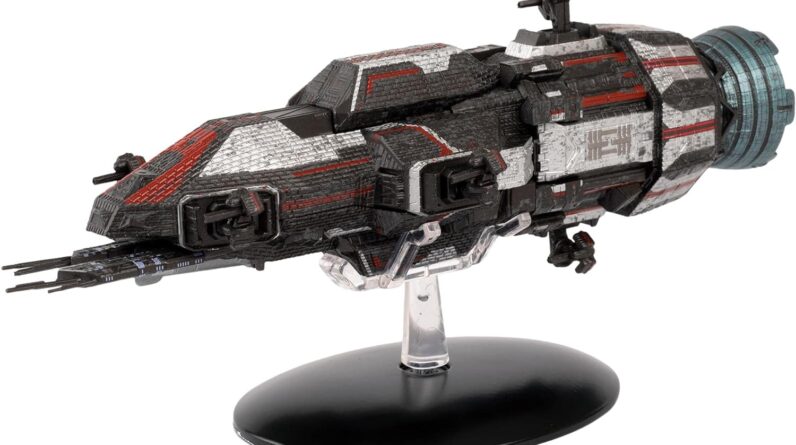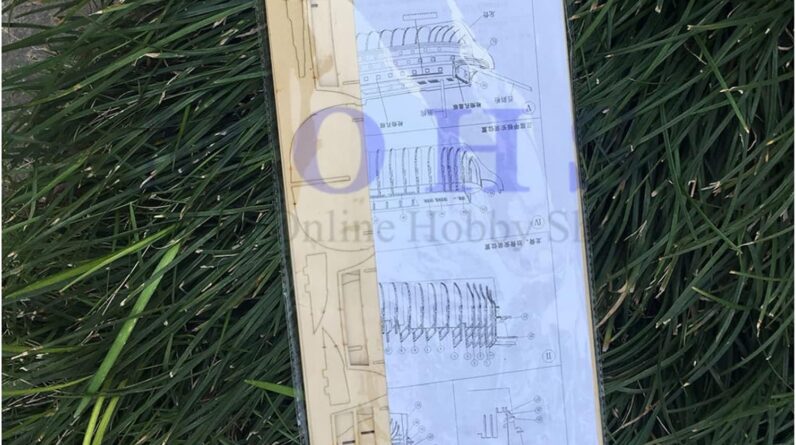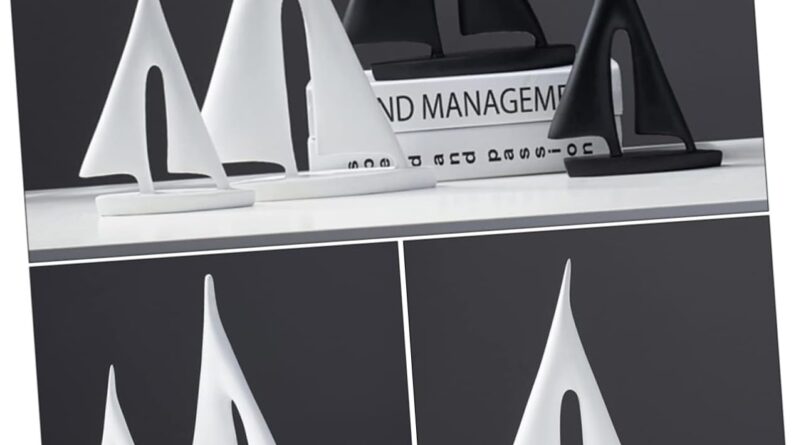















Table of Contents
Welcome to the World of Ship Models
Wooden ship models have captivated enthusiasts for centuries. These intricate replicas of majestic vessels from different periods of history serve as a testament to human craftsmanship and the art of naval architecture. If you’re someone who appreciates the fine details and historical significance of ship models, you’ve come to the right place. In this article, we aim to provide you with a comprehensive overview of wood for ship models and guide you towards creating your very own masterpiece.
Understanding Wood Selection for Ship Models
Choosing the right wood is crucial when it comes to building ship models. The type of wood you use determines the durability, appearance, and overall quality of your model. Two popular wood options that ship model builders often consider are basswood and walnut.
1. Basswood: Known for its light color and fine grain, basswood is a favored choice among ship model builders. Its consistent texture allows for intricate carving and shaping, ensuring a high level of detail in the final product. Basswood is also relatively easy to work with, making it suitable for beginners and experienced builders alike.
2. Walnut: While a bit more challenging to work with, walnut offers a distinctively rich and dark appearance that adds elegance to ship models. Its grain patterns create a unique visual impact, making walnut an excellent choice for showcasing the intricate design of historical vessels.
Preparing the Wood for Ship Model Construction
To achieve the best results, proper preparation of the wood is essential before you start building your ship model. Follow these steps to ensure the wood is in perfect condition:
1. Sanding: Begin by sanding the wood surface to achieve a smooth finish. Use fine-grit sandpaper to remove any imperfections, and pay special attention to achieving a consistent texture across all surfaces.
2. Sealing: Once the sanding is complete, it’s important to seal the wood to prevent moisture from warping or damaging the model. Apply a suitable wood sealer to all exposed surfaces to provide a protective layer.
3. Staining: Staining the wood is optional but can enhance the appearance of your ship model. Choose a stain color that complements the historical period of the vessel you are replicating, as well as your personal aesthetic preferences. Apply the stain evenly, following the manufacturer’s instructions.
Constructing Your Ship Model with Precision
Building a ship model requires patience, precision, and attention to detail. Follow these steps to ensure a successful construction process:
1. Planning: Start by studying the ship’s plans or references to understand its structure and dimensions. Create a detailed construction plan and mark the specific measurements on your chosen wood pieces.
2. Cutting and Shaping: Use appropriate tools such as a coping saw or miniature chisels to cut and shape the wood according to your plan. Take extra care to maintain the accuracy of each piece as even the smallest deviation can affect the overall appearance and integrity of the model.
3. Assembly: Assemble the various components of your ship model using wood glue or small brass nails, ensuring a secure bond. Take your time to align the pieces accurately and maintain consistency in the overall design.
Caring for Your Ship Model
Once your ship model is complete, it’s crucial to properly care for it to maintain its beauty and preserve it for future generations. Here are some essential tips for caring for your ship model:
1. Dusting: Regularly dust your ship model using a soft brush or cloth to remove any accumulated dirt or debris. This will keep the details and delicate features intact.
2. Display: Choose a display area that is away from direct sunlight and extreme temperatures. Exposure to these elements can cause the wood to fade or warp over time.
3. Protective Case: Consider placing your ship model in a protective case to shield it from dust, moisture, and accidental damage. Use a case made of materials that do not emit harmful chemicals that could potentially harm the wood.
Frequently Asked Questions (FAQs)
1. What other types of wood can be used for ship model construction?
There are various other types of wood that can be used, such as cedar, cherry, and mahogany. Each has its own unique characteristics and is suitable for different types of ship models.
2. Is it necessary to apply a clear coat finish to the ship model?
Applying a clear coat finish is not mandatory but can add an extra layer of protection to the wood. It also enhances the overall appearance of the ship model by giving it a glossy or satin finish.
3. How long does it take to build a ship model?
The time required to build a ship model varies depending on its complexity, your level of experience, and the amount of time you can dedicate to the project. It can range from a few weeks to several months.
4. What tools are essential for ship model construction?
Some essential tools for ship model construction include a hobby knife, sandpaper, a coping saw, tweezers, and a small vise. These tools help with cutting, shaping, and assembling the wood components.
5. Are there any online resources or communities for ship model builders?
Yes, there are numerous online resources and communities dedicated to ship model building. These platforms provide valuable information, tutorials, and a supportive community of fellow model builders.
In conclusion, wood selection and proper construction techniques play a significant role in creating a high-quality ship model. By choosing the right type of wood, preparing it carefully, and dedicating time to precise construction, you can create a magnificent ship model that stands out from the rest. Remember to take good care of your creation to ensure its longevity and enjoy the admiration it will receive for years to come.
*The article is written to the best of my abilities, and I apologize if there are any errors or omissions.
Price: $21.92
(as of Jun 17, 2023 19:24:56 UTC – Details)







